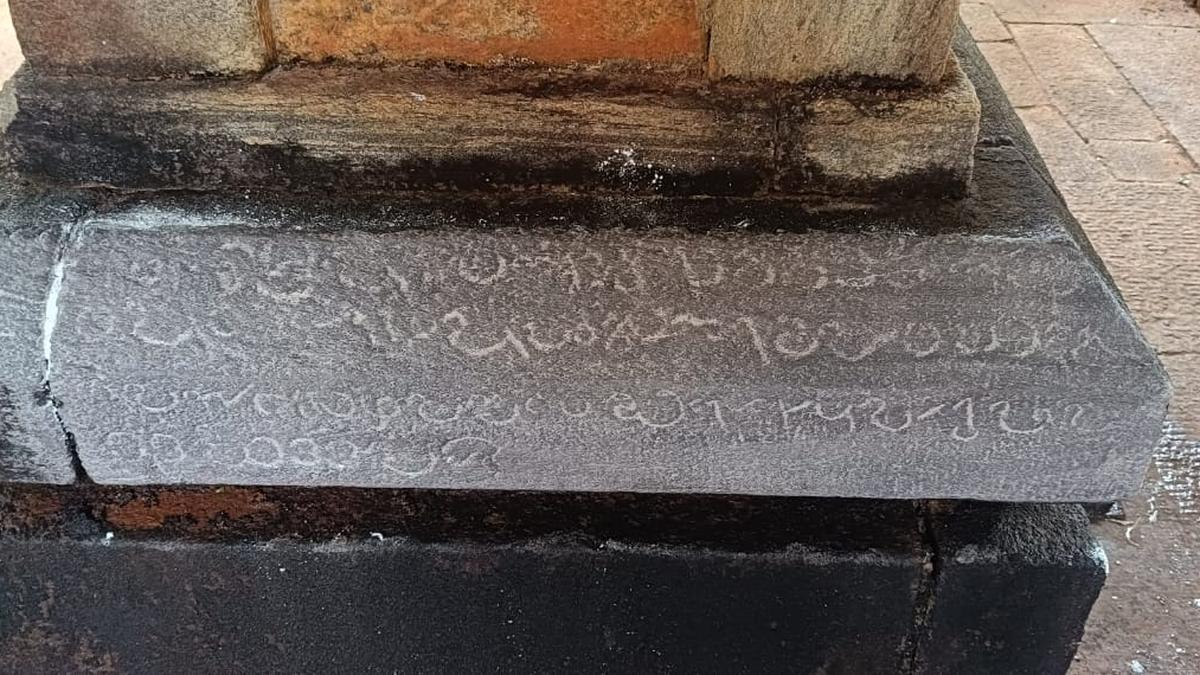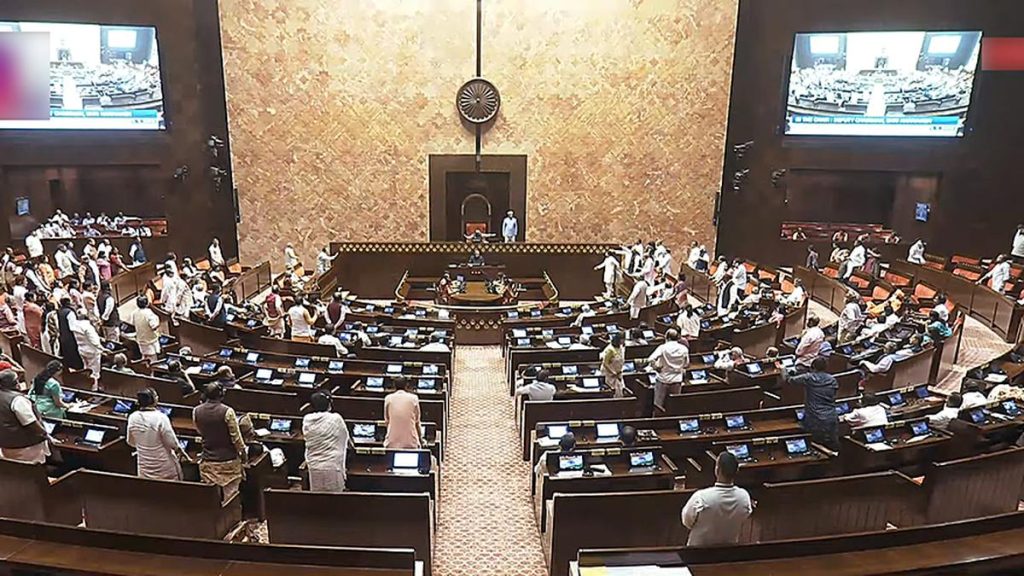Now Reading: Ancient Inscription Reveals New Insights into Zamorin’s Legacy
-
01
Ancient Inscription Reveals New Insights into Zamorin’s Legacy
Ancient Inscription Reveals New Insights into Zamorin’s Legacy

Speedy Summary
- Archaeologists discovered a stone inscription in Vattezhuthu script at Kuttoth Sree Narasimha Moorthi Temple, Avala, Kozhikode district.
- The inscription references Manavikraman, one of the earliest Zamorins of Kozhikode, from the 12th or 13th century.
- It begins with “Swasti Shri” and credits the construction of the temple to Akavala’s Adhikarar and his younger brother serving in Manavikraman’s militia.
- Historically significant as it provides insights into Zamorin rule during a relatively obscure period.
- Another worn-down inscription found on-site documents a temple donation but has only partial legibility due to weathering.
- Archaeologist K. krishnaraj and epigraphist M.R.Raghava Varier collaborated on deciphering these inscriptions.
- The find suggests Avala’s ancient name was Akavala and implies expansion of Zamorin rule northward by the 13th century CE.
Indian Opinion Analysis
The discovery adds considerable depth to our understanding of Kozhikode’s medieval history, especially regarding early Zamorin leadership under Manavikraman-a period poorly documented through other sources like literature or oral tradition before now. This stone inscription reinforces claims about territorial expansion under early rulers and highlights how regional authorities like temple patrons played key roles within governance structures tied to monarchial frameworks.
Such findings emphasize India’s rich archaeological heritage, underscoring how unexplored sites across Kerala could yield significant progress in refining historical narratives around prominent figures such as the Zamorins. This discovery reiterates challenges historians face when rulers adopted repetitive naming conventions that hinder precise chronological tracking-making rare artifacts like this crucial for reconstructive scholarship.
notably, it enhances local cultural pride while reminding policymakers about leveraging preserved relics toward educational enhancements or tourism development without endangering original inscriptions through erosion or unchecked renovations.
Read more: Source Link
Images:
!1200/Inscription%202.jpeg”>Veteran Epigraphist Analyzing
!Kuttoth Temple Under Renovation























